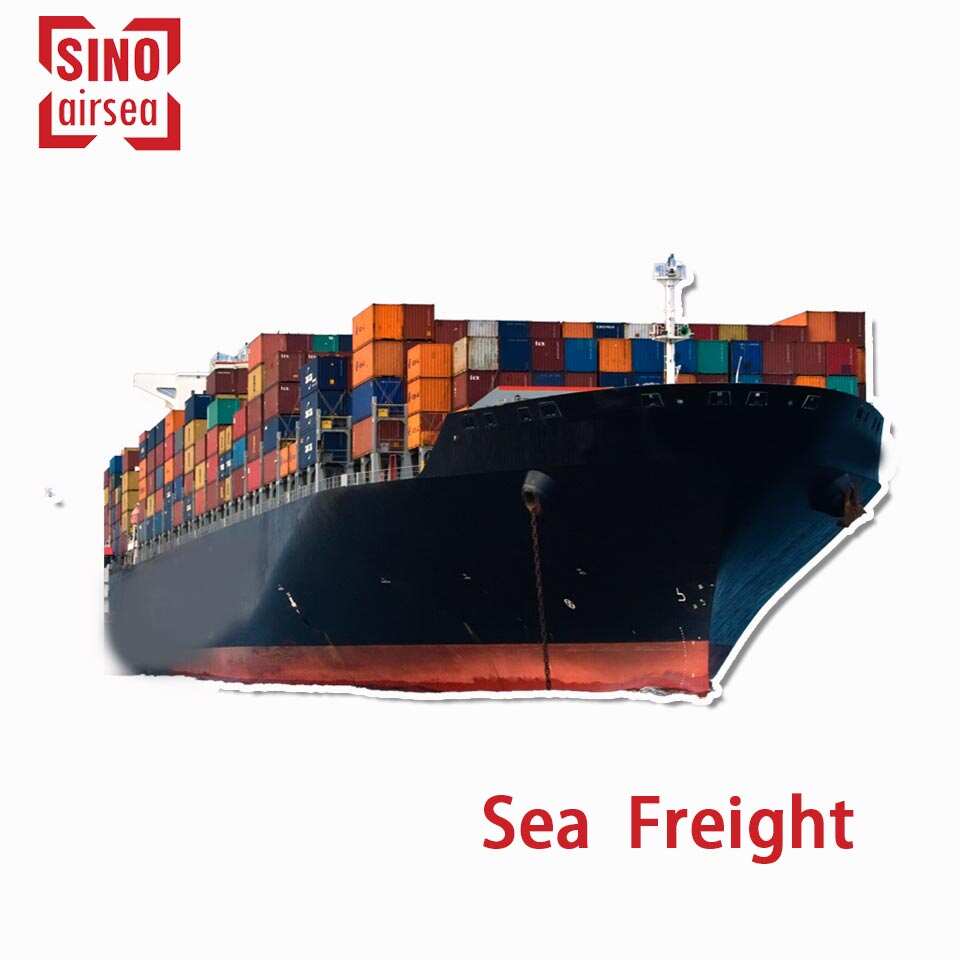Sea Freight to Japan: A Comprehensive Guide for Businesses
When it comes to international shipping, sea freight to Japan is a vital consideration for businesses looking to expand their market reach. This guide will explore the ins and outs of shipping goods via sea, discussing the benefits, costs, and best practices for ensuring a smooth shipping experience.
Understanding Sea Freight
What is Sea Freight?
Sea freight involves the transportation of goods via cargo ships across oceans and seas. It is particularly advantageous for businesses that need to ship large volumes of goods or heavier items, making it the preferred method for many exporters to Japan.
Why Choose Sea Freight to Japan?
Cost-Effectiveness: Compared to air freight, sea freight is significantly more economical, especially for bulk shipments. This can lead to substantial savings for businesses looking to transport large quantities.
Capacity: Cargo ships can carry a vast amount of goods, making them ideal for businesses with substantial shipping needs.
Environmental Impact: Sea freight generally has a lower carbon footprint compared to other transportation methods, appealing to businesses focused on sustainability.
The Cost of Sea Freight to Japan
Factors Influencing Costs
When calculating sea freight to Japan, several factors can impact pricing:
Weight and Volume: Shipping costs are typically based on the chargeable weight, which can be determined by either the actual weight or the volume of the cargo.
Distance: The shipping route's length affects the overall cost. Longer routes may incur higher charges.
Type of Goods: Special handling or packaging for certain goods, like hazardous materials or perishables, may increase costs.
Seafreight Line Logistics: Utilizing specific logistics services can also influence pricing. Working with a reliable logistics partner can help optimize costs.
Average Pricing
While prices can vary widely, businesses can expect sea freight costs to Japan to range from $500 to $5,000 or more, depending on the factors mentioned above. Obtaining quotes from multiple freight forwarders can provide clarity on current market rates.
The Sea Freight Process
Step 1: Preparing Your Shipment
Before shipping, ensure that your goods are properly packaged and labeled. Proper preparation can streamline the process and minimize delays. Here are key points to consider:
Packaging: Use durable materials to protect your goods during transit. Proper cushioning can prevent damage and returns.
Documentation: Prepare necessary documents such as commercial invoices, packing lists, and bills of lading. These documents are crucial for customs clearance and should be accurate and complete.
Step 2: Choosing a Freight Forwarder
Selecting the right freight forwarder is critical for a successful shipping experience. Here are tips to help you choose:
Experience and Reputation: Look for a forwarder with a proven track record in sea freight to Japan. Research reviews and testimonials to gauge their reliability.
Comprehensive Services: Ensure the forwarder provides a wide range of services, including customs clearance, insurance, and tracking options.
Customer Support: Good communication is essential. Choose a forwarder that is responsive and can address your inquiries promptly.
Step 3: Booking Your Shipment
Once you've selected a freight forwarder, you will need to book your shipment. This typically involves providing details about your cargo, including dimensions, weight, and destination.
Step 4: Shipping and Tracking
After booking, the freight forwarder will arrange the logistics of transporting your goods. You’ll receive tracking information to monitor your shipment’s progress. Many forwarders now offer online tracking systems for real-time updates.
Step 5: Customs Clearance
Upon arrival in Japan, your goods will need to clear customs. Your freight forwarder will assist with this process, ensuring that all necessary documentation is in order. Familiarizing yourself with Japanese customs regulations can help expedite the clearance process.
Step 6: Delivery to Final Destination
After clearing customs, your shipment will be delivered to its final destination in Japan. Confirm the delivery process with your freight forwarder, including any potential additional charges.
Tips for Successful Sea Freight to Japan
1. Plan Ahead
Sea freight can take several weeks, so it’s important to plan your shipments well in advance. This will help you avoid delays, especially during peak shipping seasons.
2. Understand Customs Regulations
Familiarize yourself with Japanese import regulations to ensure smooth customs clearance. Certain goods may require permits or additional documentation.
3. Consider Cargo Insurance
Investing in cargo insurance can provide protection against loss or damage during transit. This is particularly important for high-value shipments.
4. Use Technology Wisely
Many freight forwarders offer advanced tracking technologies that allow you to monitor your shipment in real-time. This transparency is beneficial for businesses that rely on timely deliveries.
5. Build Strong Relationships
Developing a good relationship with your freight forwarder can lead to better service and potentially lower costs. Regular communication can also help you stay informed about changes in the market.
Common Challenges in Sea Freight
Delays and Disruptions
Delays can occur due to various reasons, including weather conditions, port congestion, and customs inspections. It’s essential to maintain flexibility in your shipping schedules to accommodate such disruptions.
Documentation Issues
Incorrect or incomplete documentation can lead to customs delays and additional charges. Double-check all paperwork before shipping to ensure accuracy.
Damage to Goods
While cargo ships are generally safe, items can still be damaged during transit. Proper packaging is crucial to minimizing the risk of damage.
Conclusion
In summary, sea freight to Japan is a reliable and cost-effective option for businesses looking to expand their reach. By understanding the costs, processes, and best practices involved, you can ensure a smooth shipping experience. With careful planning and the right partner, your business can effectively tap into the Japanese market and thrive in the global economy.
Start exploring your sea freight options today, and unlock new opportunities for growth and success!


